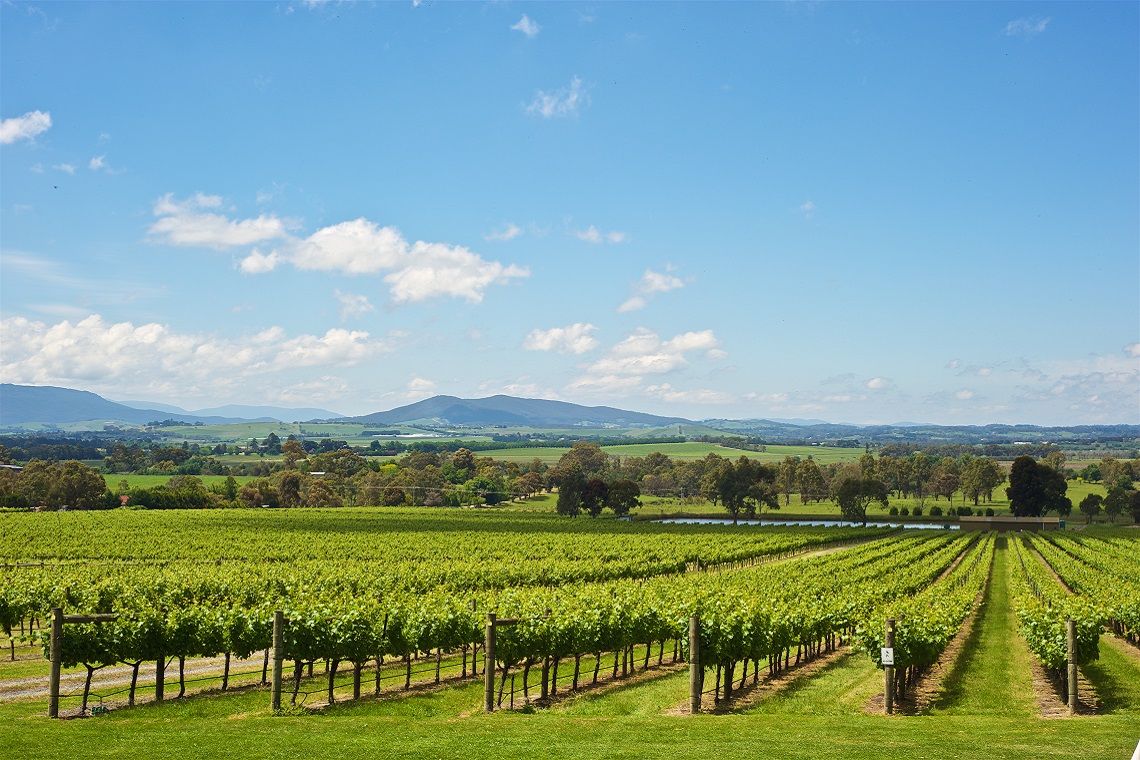Strong growth in wine exports and stable domestic demand saw total sales increase while production fell in 2018.
Wine Australia has revealed its latest data on the health of the industry’s sales and production in the 12 months to June 2018, and there’s a lot worth taking note of.
Australian wine sales exceeded production in 2017-2018 by an estimated 7 million cases (5 per cent of production), the greatest margin since 2010-2011, which saw a drawing down of inventories, according to Wine Australia’s Australian Wine: Production, Sales and Inventory report 2017-2018 released today.
The results in brief
- Australian wine production decreased in 2018 in line with the reduced grape crush but was 6 per cent above the long-term average.
- Total Australian wine production was 143 million 9-litre case equivalents and total Australian wine sales were 150 million cases.
- The total estimated value of Australian wine sales in 2017-2018 was $6.25 billion.
- Wine stocks are estimated to have decreased by 10 million cases (5 per cent) to 208 million 9-litre case equivalents.
- Strong demand coming from China.
Strong growth in exports and stable domestic demand saw total sales during the financial year increase by just under 8 million cases (6 per cent) compared with the previous fiscal year, while a smaller grape crush in 2018 led to a decrease in wine production of 10 million cases (7 per cent).
Wine Australia Chief Executive Officer, Andreas Clark, said the stock-to-sales ratio now was 1.34 times annual sales for reds and 1.4 times annual sales for whites, levels that were slightly below the 10-year average for reds (1.63) and slightly above the average for whites (1.31).
“Sales of Australian wine reached a record volume in 2017–18, driven mainly by exports,” Mr Clark said. “Despite wine production being above the long-term average, it was not sufficient to match sales, so there was an overall 5 per cent reduction in wine inventories.”
The strong demand and tight supply led to an increase in average value for both grapes and wine. The overall average purchase price for wine grapes in 2018 was $609 per tonne, compared with $565 in 2017.
Increase in revenue to winemakers
For wine, growth in value in both the domestic and export markets led to a combined increase in revenue to winemakers of $641 million (11 per cent), building on an 8 per cent increase last year. The total estimated value of Australian wine sales in 2017-2018 was $6.25 billion.
Mr Clark said it was pleasing to see the value growth spread across the wine community.
“The average wine grape price in 2018 was the highest since 2008, while the average value of bottled wine exports reached its highest level ever,” he said.
Demand for Australian wine is expected to remain strong in the medium term, due primarily to strong growth in exports to China. The shortfall in supply in 2018 has led to supply pressure for some Australian red varieties, particularly Shiraz and Merlot, heading into the 2019 harvest.
Predictions for 2019 revealed
The likelihood of another average-sized crop in Australia in 2019 would mean stocks were likely to be drawn down further in the next 12 months if sales continued at current rates. However, Mr Clark warned that the sector could not afford to become complacent:
“The International Organisation of Vine and Wine (OIV) Statistical Report on World Vitiviniculture 2018 estimates that world wine production in 2018 was 27.9 billion litres, 13 per cent higher than the previous year (which saw record low production) and, if the estimate is realised, 2018 would see the fourth largest production in the past 18 years.
“The big increases have come from the world’s largest wine producers Italy, France and Spain; between them, they are estimated to have produced an additional 2.4 billion litres during 2018.
“This is likely to ease the global supply pressure that followed the record low global harvest of 2017 and put downward pressure on wine prices internationally,” Mr Clark said.

